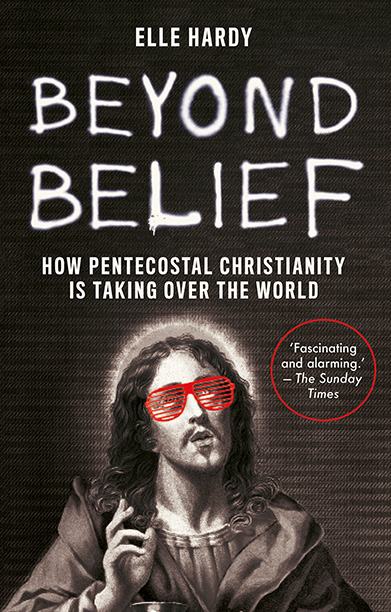Robinson
I do want to discuss the ways that your book documents how these churches are adapting to the 21st century through being very social media savvy. But first, let’s go back. Where did this come from? This distinct Holy Spirit-infused sub-branch of evangelical Christianity?
Hardy
So it’s generally attributed to what’s called the Azusa Street Revival, which happened in Los Angeles in 1906. And it was led by the son of freed slaves from Louisiana, a man named William J. Seymour. He’s credited as the founder of Pentecostalism, although I think his mentor, who was a white man, probably has a better claim. His name was Charles Fox Parham, an itinerant Methodist preacher from Kansas. And he was practicing a lot of stuff that was coming around in 19th-century America, with frontier culture and all sorts of things that happened after the Civil War—whether it was women starting to preach or people perhaps angry with organized religion or things just changing and that real kind of wandering, conquering spirit that I think was going on in America. Some strains of new thought, like Ralph Waldo Emerson.
So it really emerged out of Methodism. And that’s where Charles Fox Parham really got going. He had a dispute pretty early, because he wanted to practice some of these new bents on really taking on the Holy Spirit, and speaking in tongues, and getting those blessings bestowed upon you that people started to talk about. This stuff had really died out a couple of centuries after Jesus. Things like speaking in tongues were really confined to the monastery for millennia, and people started bringing some of these ideas back. So he and a group of followers in Kansas were really interested in healing; Parham and his young son were both quite sickly. If there isn’t great health care now, there certainly wasn’t back then. So a group got together in 1901, they were fasting and praying. And the Spirit came upon a woman called Agnes Ozman, and she started speaking in tongues. And I believe that at the time, they thought it was Chinese, and they were mocked in the press. They said that this wonderful moment had happened, and they were called the Tower of Babel and really ridiculed. But Parham was a pretty headstrong dude. And he began taking it around Kansas and Texas and Oklahoma and preaching this new bent on faith. And in Houston in 1906, he met his protégé, William J. Seymour. Because of Jim Crow laws at the time, Seymour had to take his instruction out in the corridor while the white men sat inside. But obviously, they were very, very different men in every way. But they had something in common and saw something in each other, and they used to go out preaching on street corners. Parham preached to the whites, and Seymour would preach to the Black people, and Seymour was then invited up to a church in Los Angeles and pretty soon locked out, which always seemed to happen to Pentecostals—someone would lock them out. He had this huge moment. He had a group of followers then and they were praying and fasting for days on end.
